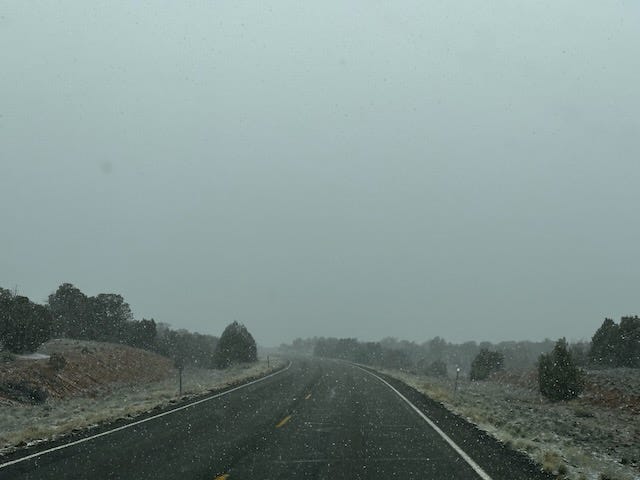On Bob Dylan
So it ain't no use in calling out my name, gal
Like you never done before
And it ain't no use in calling out my name, gal
I can't hear you anymore
I'm a-thinking and a-wonderin' walking down the road
I once loved a woman, a child, I'm told
I give her my heart but she wanted my soul
But don't think twice, it's all right- Bob Dylan, “Don’t Think Twice, it’s All Right”
Bob Dylan turned 82 a couple of weeks ago. The New Yorker re-published an article from 2016 when Dylan was awarded the Nobel Prize for Literature. The article is Our Favorite Dylan Lyrics. A collection of writers from the New Yorker wrote about how and when they came across Bob Dylan’s music, their favorite lyrics, and how he affected them. The writers spanned the generations, and they all came into Dylan at different times of his career, but always at the same time of their lives: late teens, early twenties. The article made me wonder when it was I first became aware of Dylan, and when it was I actually “groked” him
The first song I remember where I heard him singing was Lay, Lady, Lay, which came out around my ninth birthday. It was played quite a bit on the radio, and, frankly, I was not impressed. It was just another song, mixed in the Top 40 with American Woman, Spinning Wheel, and Ruby, Don't Take Your Love to Town. I remember it, though, and there are a lot of songs from that era that I don’t.
But that was not the first Dylan song I heard. My parents used to play “Peter, Paul, and Mary” records before I was in preschool, and I remember well Blowin’ in the Wind, and later, Don’t Think Twice, It’s All Right. Peter, Paul, and Mary were so smooth, and served up anti-war songs that went down like milkshakes, and man, they terrorized me. Between Blowin’ in the Wind, and Where Have All the Flowers Gone (yes, Pete Seeger), I was primed for the nukes. I am truly a Cold War baby. I knew the songs, but I did not know who wrote them until years later.
The meaning of Don’t Think Twice came to me in my early teens, when I was old enough to appreciate how great a put-down this song is. An older friend and surrogate brother of mine told me that it was written by Bob Dylan. Now, I had not heard Bob Dylan’s version of it, and I was used to the milkshake. I found a copy and spun it up: “what the hell is this?” I was not ready for his voice or his harmonica. Of course, I love it now, but my 12-year-old pop-attuned ears were completely unready. I had heard that Dylan influenced The Beatles, which impressed me, but at the time I could not fathom why.
Dylan’s album Blood on the Tracks came out in 1975. Desire came out a year later. I first heard Tangled Up in Blue in my high school art class, where we played the radio while throwing pots. It just drew me in. In a sea of power ballads and pop, Dylan’s poetry and the flow of his music captured me. I first heard the Desire album when I was helping out at my church pulling an all-nighter to get mailers ready to send out. We played other music that night, but I only remember Desire. Hurricane. Isis. Mozambique, One More Cup of Coffee. The two albums were a year apart and put out by the same person, and yet they are so different.
This is when I groked Dylan. I love his ballads, the journeys he takes you on. Tangled Up in Blue is all over the map, dipping into prior existences, but it makes sense to me. Isis is tale of a man who had to go on a crazy journey before he was worthy of his wife.
My favorite Dylan lyric is from Isis:
Isis, oh, Isis, you're a mystical child
What drives me to you is what drives me insane
I still can remember the way that you smiled
On the fifth day of May in the drizzlin' rain
Why do I love this lyric? What drives me to you is what drives me insane. And I see it. And I see that it is exactly the opposite of what he says: he is insane without her.
We came into Dylan in different decades, but always at the same age, when our eyes are opening up and our ears are drying, and we begin to realize that life is bigger than we ever realized. Dylan speaks to that. He is pulling up the corner of life’s carpet, and showing you the other side. And when he pulls the carpet up, you never know what will be there. It’s different each time he does it. He’s pulling you out of yourself and your familiar existence and giving you a glance at other people, people you never knew existed, and lives you never knew could be.


